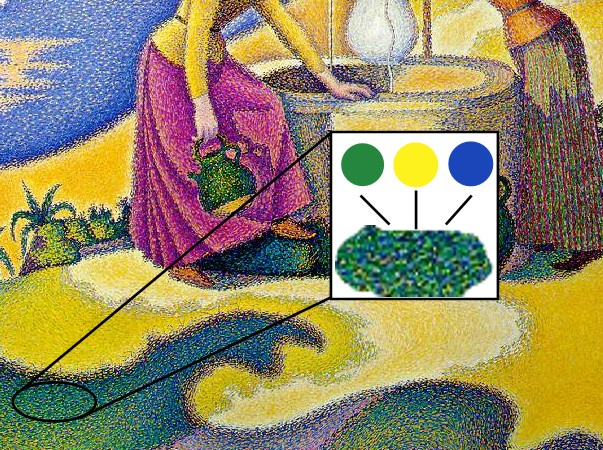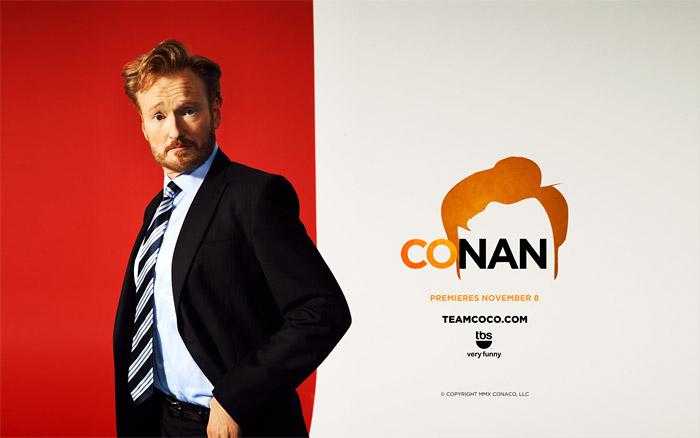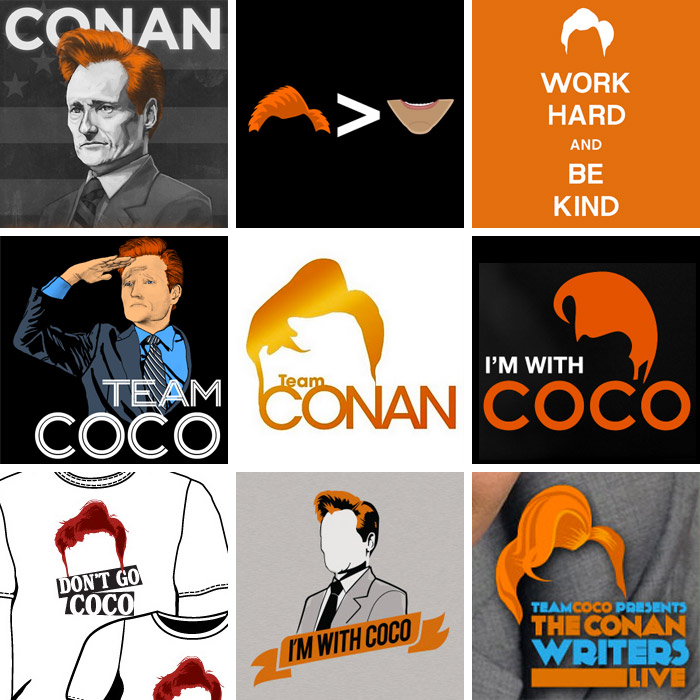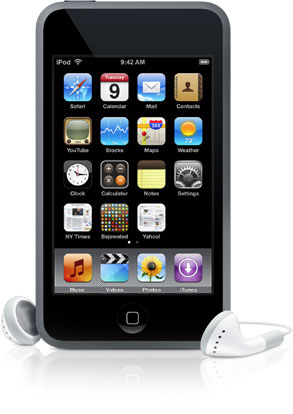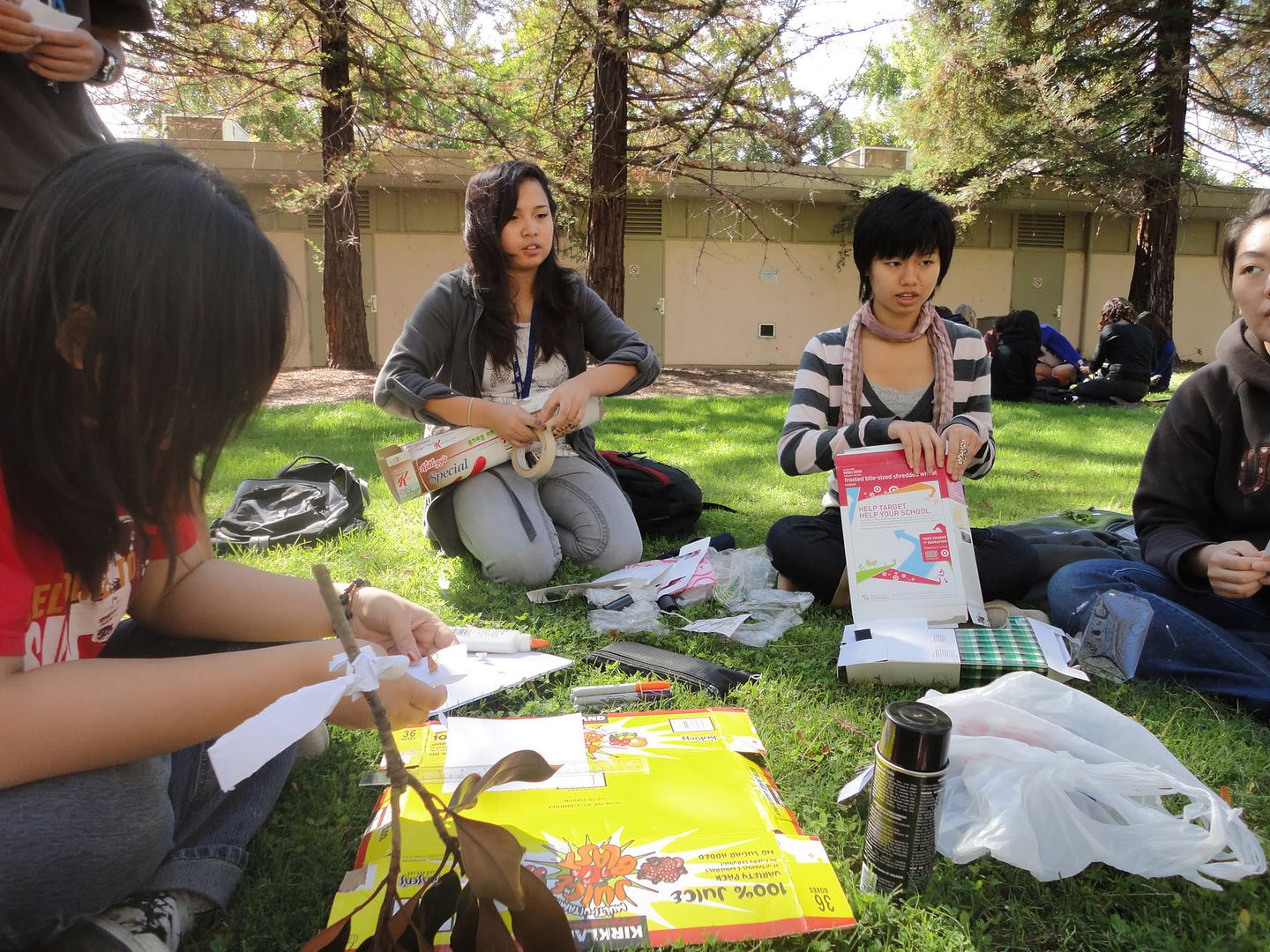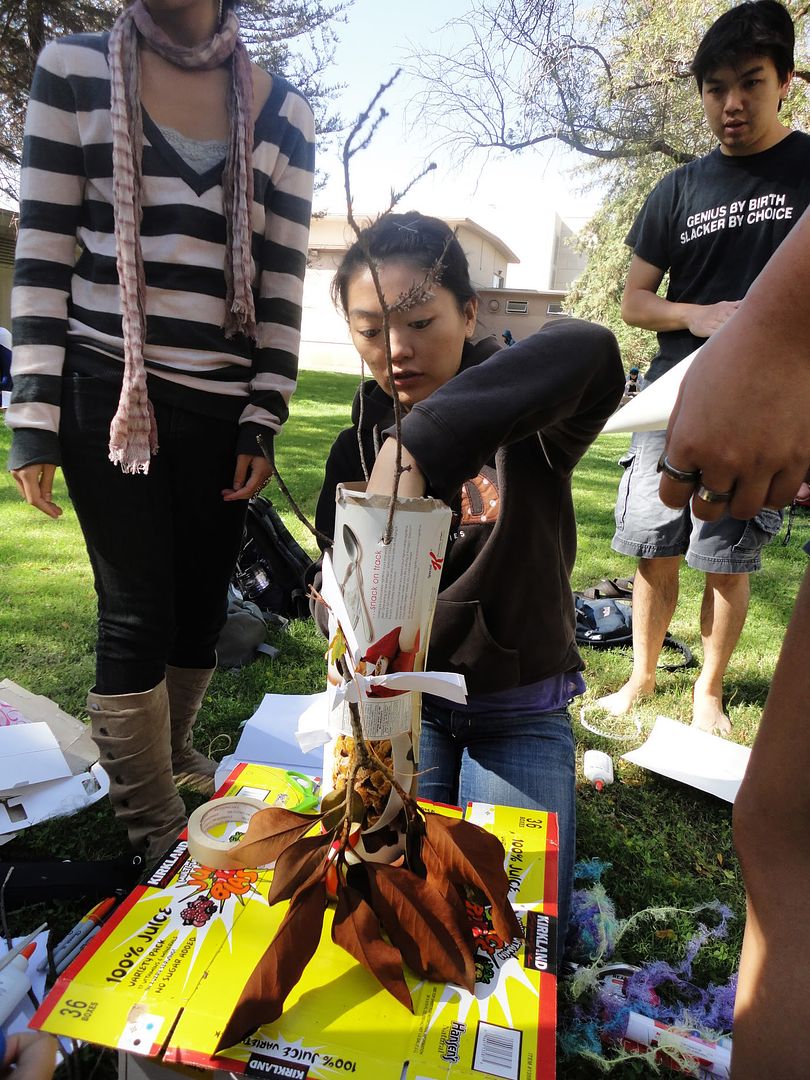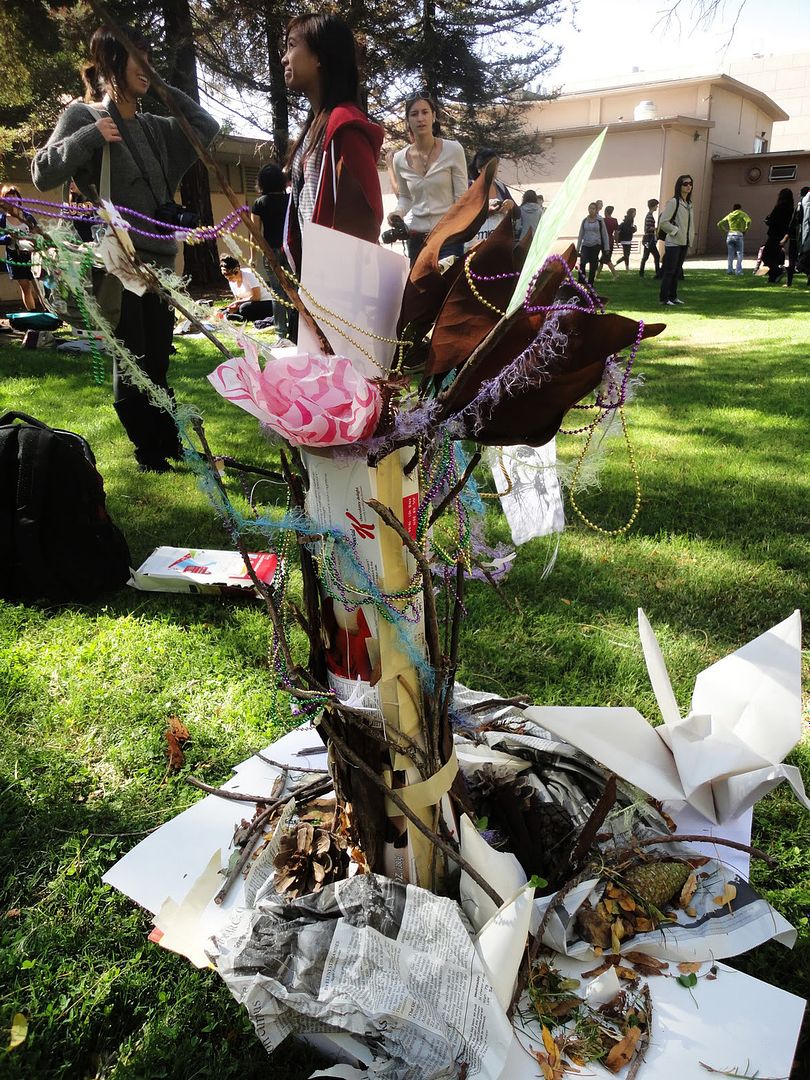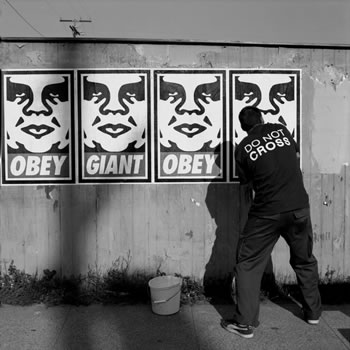| "GlareBuster GB-2000", the original dark sky friendly light |
Aesthetically the GB-2000 is not much of a visually pleasing design because it is plain, boxy, and only comes in generic white and bronze color, but being one of the first of its kind, it does the tasks that it is intended to. This is where innovation comes in, and designs with the same objectives are created that meet standards that prevent light pollution that were derived from the GB-2000 and the personal styles of individuals as well. There is a freedom in the many different kind of lighting fixtures with hooded design so it is easy for designers to produce varying styles of lighting fixtures like wall laterns, sconces, shades, etc.
| Outdoor Wall Lamp |
| Wall Sconce |
| Aluminum Bollard Pathway Light |
| Lamp shade with Compact Fluorescent light bulb |
 As I've mentioned earlier, the use of these dark-sky friendly light fixtures improve society economically, environmentally, and health-wise in humans and in animals. It improves society economically because most of these fixtures use energy efficient compact fluorescent bulbs, like the GB-2000, which uses less energy and they have a photocell that makes sure that it only operates at night, so you save money on energy bills. The environmental improvement is something I've already covered, as it reverses light pollution. And lastly, it improves the health of humans and animals. Light pollution affects the natural circadian rhythm of humans and animals in which there is evidence that strongly suggest that there is "an etiology of suppressed melatonin production, depressed immune systems, and increase in cancer rates such as breast cancers," (American Medical Association) due to light pollution.
As I've mentioned earlier, the use of these dark-sky friendly light fixtures improve society economically, environmentally, and health-wise in humans and in animals. It improves society economically because most of these fixtures use energy efficient compact fluorescent bulbs, like the GB-2000, which uses less energy and they have a photocell that makes sure that it only operates at night, so you save money on energy bills. The environmental improvement is something I've already covered, as it reverses light pollution. And lastly, it improves the health of humans and animals. Light pollution affects the natural circadian rhythm of humans and animals in which there is evidence that strongly suggest that there is "an etiology of suppressed melatonin production, depressed immune systems, and increase in cancer rates such as breast cancers," (American Medical Association) due to light pollution.The simple hooded lighting fixture does a lot to try to improve society, making it such a utopian design.
Credit/Links:
[All images and products] http://store.starrynightlights.com/
[GlareBuster GB-2000, info] http://store.starrynightlights.com/gb-2000.html
[IDA - International Dark-Sky Association] www.darksky.org
[PDF - American Medical Association - Resolution 501, page 52] http://www.ama-assn.org/ama1/pub/upload/mm/475/refcome.pdf
[PDF - American Medical Association - Resolution 501, page 52] http://www.ama-assn.org/ama1/pub/upload/mm/475/refcome.pdf


